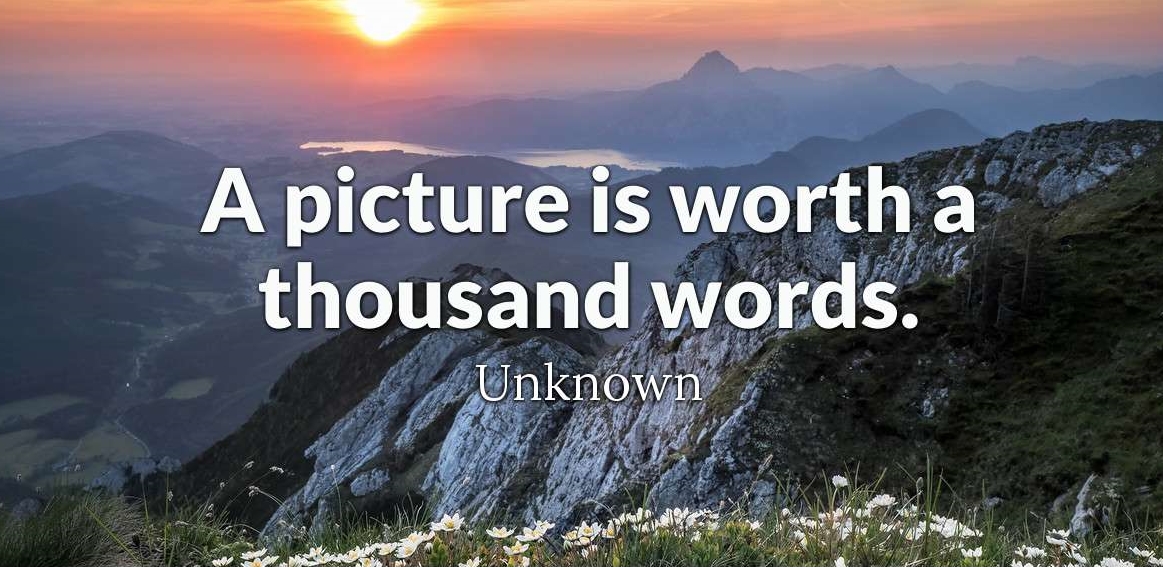 How many times have you heard the saying, “a picture is worth a thousand words” or “seeing is believing”?
How many times have you heard the saying, “a picture is worth a thousand words” or “seeing is believing”?
Still images provide powerful communication. They stimulate one of our main senses – our eyes – and truly engage our brains. They can be photos, maps, graphs, diagrams or cartoons.
Images can show shapes, colours, locations, symptoms, actions, results, plants and animals, objects and people. They can depict the unusual, the quirky, the different. They can evoke happiness, sadness, humour, seriousness, anger, fear. They show.
But still images also must be.
They can be those serendipitous photos, taken on a smart phone on the spur of the moment, as an opportunity arises, but normally they have to be consciously planned, organised and executed.
A good image is usually planned as part of a research project, particularly if people and resources have to be gathered at a particular place and time, whether that be during a particular time of year, or at a special time of day or night.
And while smart phones have allowed many people to take reasonable quality images, still photos taken by a professional photographer should incorporate framing and subject with suitable light, colour and contrast to produce arresting images that can really tell a research story.
However, to tell the story that you want about your research, you should as part of your planning develop and provide a brief to a photographer.
The brief outlines the requirements for the images and details to assist the photographer in their planning and the equipment they might require: the subject(s), time / location, inside / outside, action / close-up, landscape / portrait, resolution(s), number, time available, travel time required. Providers greater impact that meets your needs for communication.
Such a brief will also be required when engaging professional cartographers to produce maps, or illustrators to produce graphs, diagrams or cartoons.
These images can also these be made available to traditional media such as newspapers and even television, as well as modern social media and websites to help these journalists tell your story. Note, however, that you should provide the credits for the image as agreed prior to their production. This should also be part of your contractual negotiations with the professional image producer.
While professionally prepared images require funds and planning, still images do – when used wisely – enhance the communication and impact of your research, including conference presentations. They are also usually cheaper than moving video images, which will be the subject of my next blog, as I discuss the particular advantages and challenges of video.
To help you plan and source providers of appropriate images for your research story, contact The Comms Doctor® via email contact@thecommsdoctor.com.au or visit the Comms Doctor® website.
Stay well everyone!

